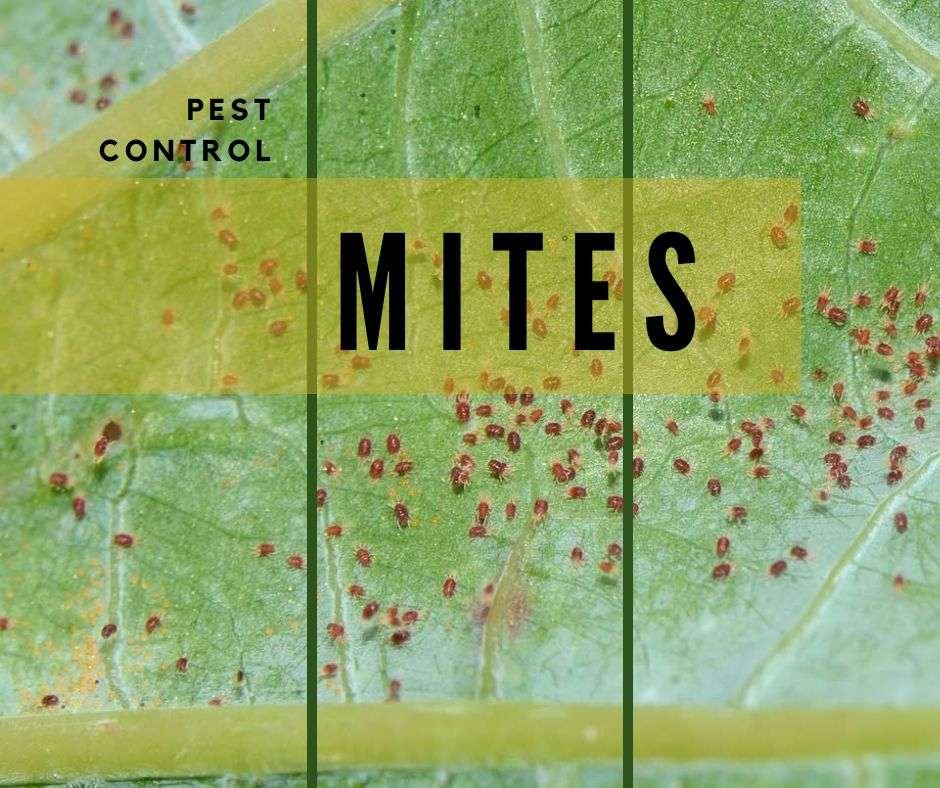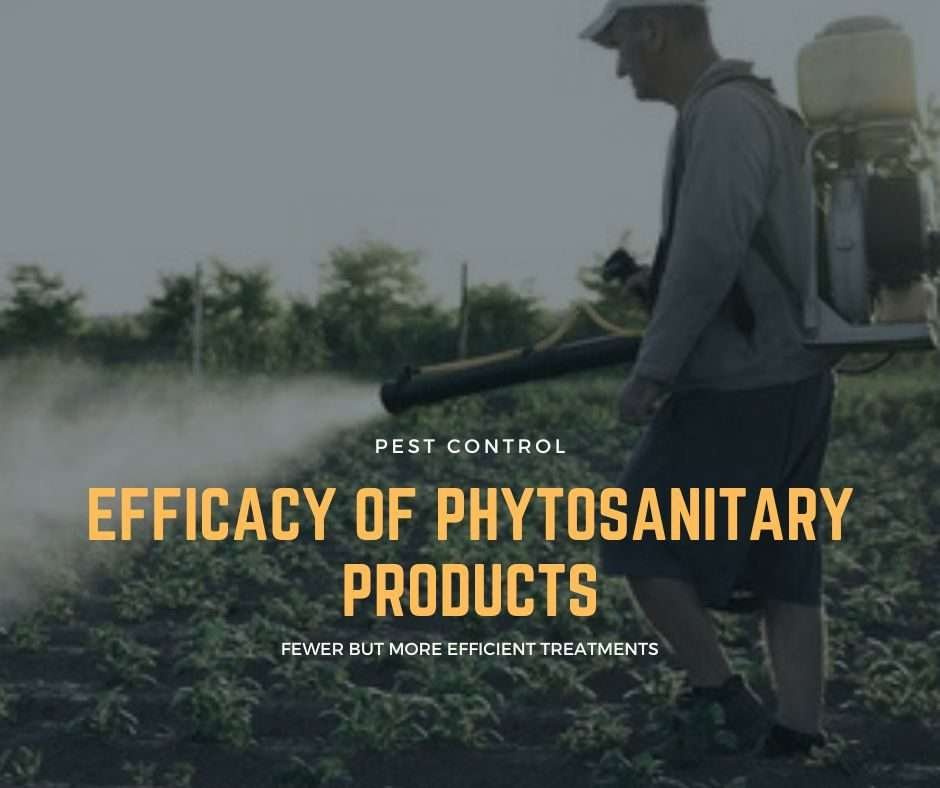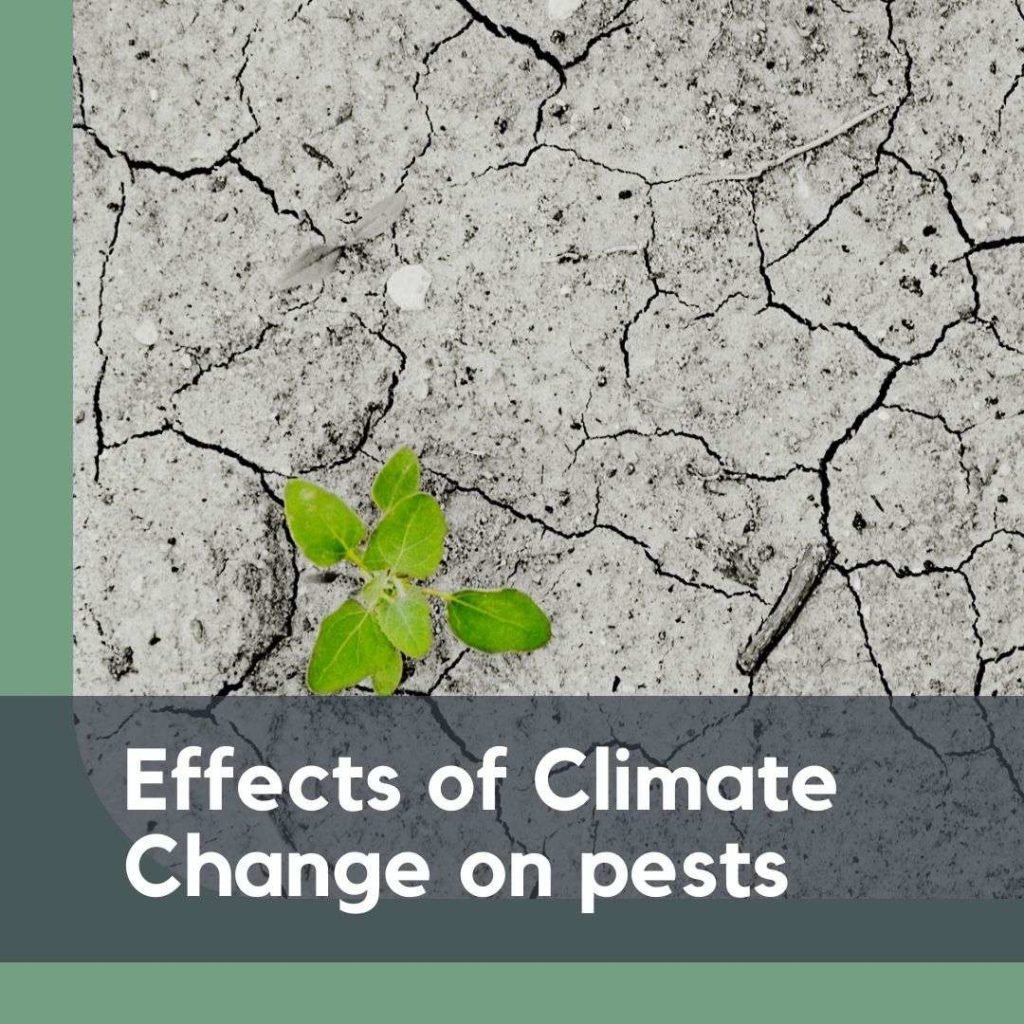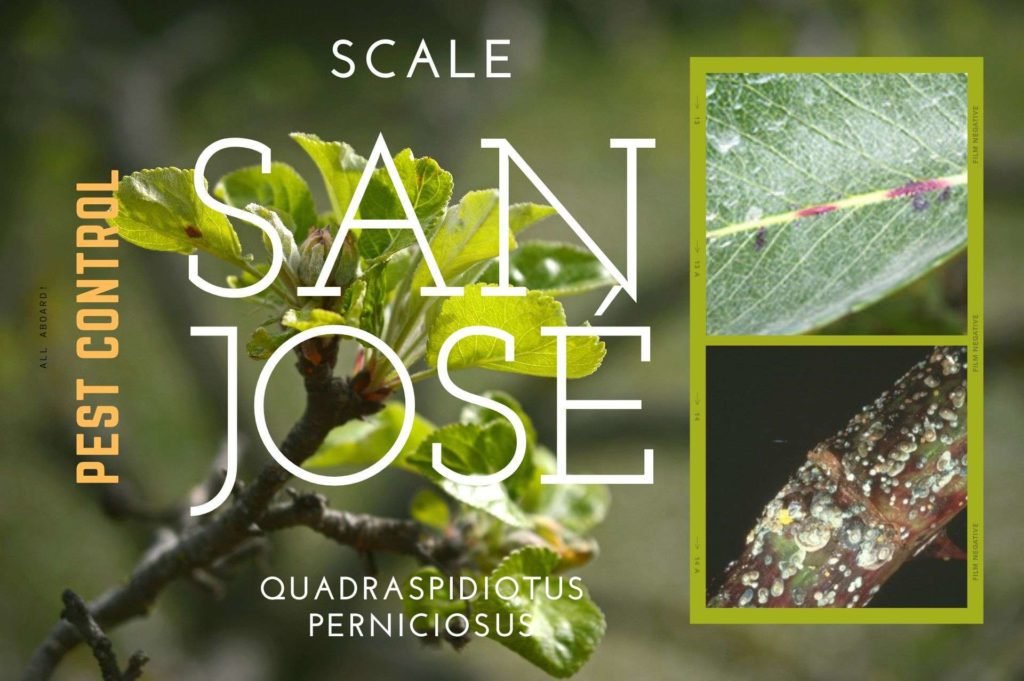The productivity of world agriculture
It is estimated that agriculture will necessarily need to increase its food and raw material production capacity by 60% to feed an estimated population of 9.1 billion people in 2050. Although crop yields will continue to grow, growth will be slower than in the past, approximately half (0.8%) of their historical growth rate (1.7%; 0.9% and 2.1% for developing countries).
In addition, the impact of Global Warming on agricultural pest control may influence global agricultural productivity, as pests have accelerated their development as a result of Climate Change. FAO estimates that global agricultural production is reduced by 20% to 40% each year due to pests and diseases. Reducing food losses caused by crop pests and diseases is therefore of great importance to meet the world’s future food needs.
Climate change and pest control
But the phenomenon of global warming will lead to an increase in crop pest problems, increased crop losses and a decrease in crop quality and yields. If CO2 emissions are not reduced, predictions for the year 2050 assume a global increase in temperatures of 2°C to 3°C.
Insect pests are poikilothermic organisms, i.e. they cannot internally regulate their own temperature, depending on the temperature to which they are exposed in the environment to initiate or complete their biological development phases.
The global increase in temperatures means that there will be a greater abundance of pests and that the difficulty in controlling pests in agricultural systems will increase.
On one hand, new geographical areas will be affected by new pests, from the expansion of the range of native pests and invasion by new pests.



And on the other, there will be accelerated pest development leading to more pest generations per growing season and year. In fact, both consequences of global warming are already a reality. It is very likely that pests that today are considered minor will become primary pests because of their increased recurrence, and that susceptibility to pests in drought-stressed plants will increase.
New technologies and pest control
The best way to control this effect is to apply a smart agriculture technology tool that assesses the risks of global warming and monitors the biological development of pests.
In addition, global warming will have another added effect on pest control in agriculture. Traditionally, pest pressure on crops was mitigated by the natural control mechanism exerted by predators and parasitoids (especially before the widespread use of chemical insecticides in agriculture, which broke the balance between pests and biological control organisms). Increasing temperatures may further damage this biological control mechanism.
Several studies indicate that in many cases the temporal and geographic synchronization of pests and beneficial insects will be broken, due to a different sensitivity to climatic variability or optimal development temperatures. Differences in the thermal requirements of pests and their associated predators, parasites and parasitoids may lead to a disruption of their temporal or geographic synchronization, increasing the risks of infestation outbreaks. Thus, the effectiveness of biological pest control methods may be reduced in the future.

FuturCrop calculates short-term forecasts of the activity of 179 agricultural pests, based on accumulted temperature thresholds associated with critical stages of their life cycle.
FuturCrop forecasts indicate, for a given day, the stage of the pest’s life cycle and the day for the most efficient treatment.
Degree-Days: About Phenology models – UC IPM. Universidad de California. Agriculture & Natural Resources






